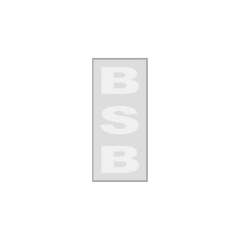Shop All
Coxdome Rooftop Access Polycarbonate - Dome
From £347.36 excl. VATUnit price excl. VAT /UnavailableSertus Roof Access Hatch - RAH-R
From £632.86 excl. VATUnit price excl. VAT /UnavailableCoxdome Rooftop Entrance Polycarbonate Dome
From £403.68 excl. VATUnit price excl. VAT /UnavailableCoxdome Rooftop Entrance Polycarbonate Pyramid
From £504.17 excl. VATUnit price excl. VAT /UnavailableCoxdome Rooftop Access Polycarbonate - Pyramid
From £433.88 excl. VATUnit price excl. VAT /Unavailable
Brands
Compare /8
Loading...
null

















